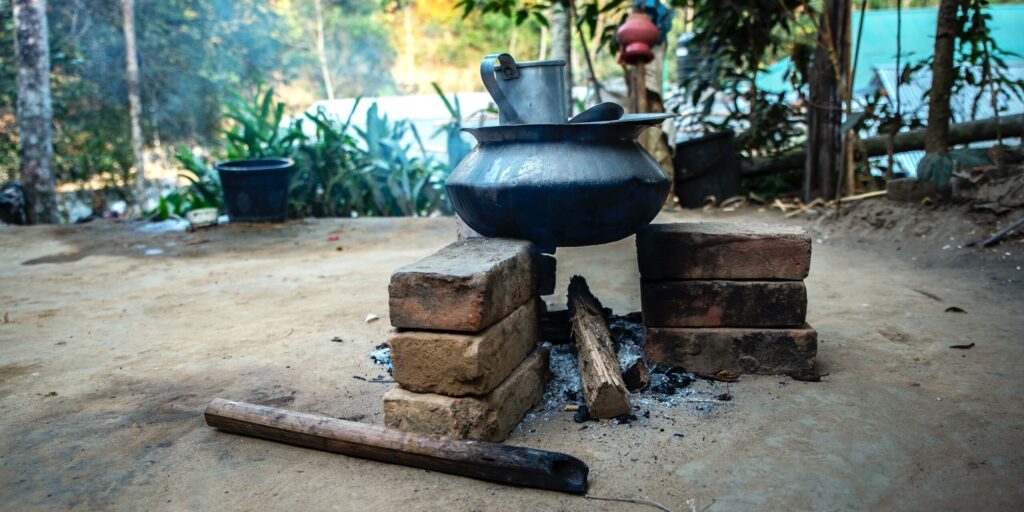Read time 5 minutes
Archith’s Note:
From Bangalore, India, Nakul lives with Gastrointestinal Stromal Tumors (GISTs). It is a rare type of cancer that affects the digestive tract. While his health journey has been filled with challenges, Nakul has chosen to focus on something powerful and universal: the healing potential of everyday habits.
In his blog, he shares “5 Essential Kitchen Tools to Boost Your Health Daily”, a thoughtful guide that blends his lived experience as a rare disease patient with practical tips anyone can use. For Nakul, the kitchen isn’t just a place to cook—it’s a space for resilience, creativity, and small daily choices that add up to better health.
His insights remind readers that even in the face of rare illness, simple tools and mindful routines can become anchors of strength and well-being
Living with his rare illnesses has shaped his perspective, not just on food and nutrition, but on the very tools he uses to prepare meals. This isn’t just a blog; it’s a reflection on how cookware became a silent partner in his healing journey.

My Journey Through Illness: A Personal Wake-Up Call
Gastrointestinal Stromal Tumors (GISTs) are rare growths in the digestive system. They start when special cells in the stomach or intestines grow in the wrong way, forming a tumor. Some stay small and cause no problems, while others can lead to pain, bleeding, or other symptoms.
Food Wasn’t Enough—How Cookware Became My Priority

My battles with gut health taught me an important truth: what you eat is not the only factor, but how it’s prepared matters too.
For years, I unknowingly used cookware that may have worsened my symptoms.
It wasn’t just about avoiding gluten or sugar anymore; it was about being mindful of the tools I used every day. I realized that unconscious eating was my worst enemy. And from that realization came curiosity, then research, and empowerment.
The Role of Non-Toxic Cookware in Chronic Illness Management
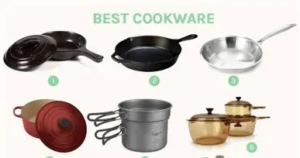
People living with rare or chronic conditions must approach health holistically. That includes everything from food safety to environmental toxins hiding in our homes. Non-toxic cookware isn’t a trend; it’s a shield against hidden dangers that lurk in our kitchens.
Recent studies show that certain cookware materials can leach chemicals. Chemicals like lead, aluminum, and Teflon into food. Especially under high heat or with acidic ingredients. For someone with digestive vulnerabilities, this is a nightmare scenario.
Rediscovering Traditional Cookware: Wisdom of Our Ancestors
What happened to those days when our grandparents cooked with earthen pots, brass pans, and cast-iron skillets that seemed indestructible?
They didn’t worry about Teflon flakes or aluminum leaching into their meals. Their cookware wasn’t just functional; it was medicinal.
Here’s what I found when I traced the roots of traditional cooking:
Clay Pots

- Naturally non-toxic and environmentally friendly
- Recommended by Ayurveda for boosting immunity and retaining micronutrients
- Help balance pH levels, reduce oil usage, and retain flavor and nutrition
Silverware

- Superior heat conductivity
- Contains antibacterial properties and boosts immunity
- Helps maintain freshness and combats pathogens
- Believed in Ayurveda to enhance brain function
Copper Cookware
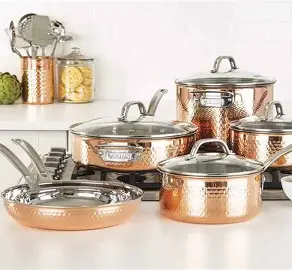
- A top-tier heat conductor
- Supports detoxification, improves metabolism, and regulates blood pressure
- Enhances kidney function, reduces inflammation
- Requires proper lining—otherwise poses gastrointestinal risks
Cast Iron
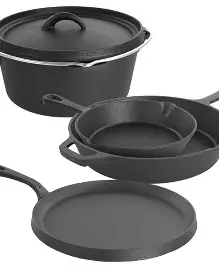
- Naturally enhances iron content in meals
- Great for low-oil cooking and high-heat durability
- Ideal for enhancing nutrition and reducing toxic exposure
Ceramic Cookware
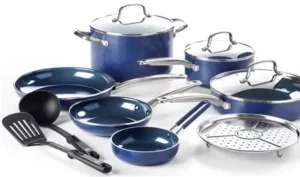
- Offers non-stick benefits without harmful chemicals
- Versatile: it can be used for baking, boiling, or frying
- A sustainable, safe, and elegant choice
Stainless Steel
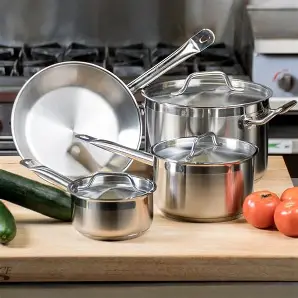
- A staple in Indian kitchens due to its durability and safety
- Withstands high temperatures, and doesn’t react with food acids
- Free from harmful coatings and easy to maintain
Aluminium
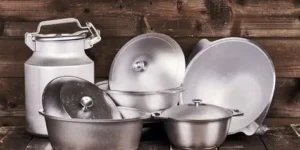
- Lightweight and cost-effective, but risky
- Uncoated aluminum reacts with acidic foods
- Prolonged use may result in aluminum leaching, which is linked to health concerns
Nonstick Cookware (Teflon)
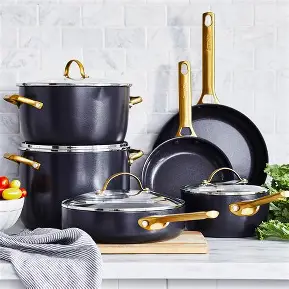
- Easy to use but potentially toxic when overheated
- Cookware with PTFE coating can release fumes and particles
- Damaged nonstick pans pose a greater risk and must be replaced
I personally steer clear of nonstick cookware. There are safer, better alternatives that don’t come with such risks.
Tips for Choosing Safe Cookware

Selecting the right cookware isn’t just about style—it’s about survival. In a market flooded with eye-catching, glossy pots and pans, how do you make the right choice?
Here’s what helped me stay safe:
1. Choose Safer Materials
Avoid harmful options like nonstick, aluminum, and untreated copper. Prefer cast iron, ceramic, glass, and stainless steel.
2. Check Product Labels
Look for BPA-free, lead-free, and PFOA-free indicators. These labels are your first line of defense.
3. Stick to Reputed Brands
Established brands are more likely to prioritize consumer health and safety over aesthetics.
4. Ditch Damaged Cookware
Scratches, flakes, or discoloration can all be signs of wear that lead to chemical leaching. Don’t compromise—replace promptly.
How Cooking Became a Therapy

The kitchen, once a battleground, slowly became my sanctuary. As I focused more on the quality of my cookware, I found myself rediscovering the art of mindful cooking. I wasn’t just feeding my body—I was healing my soul.
Switching to stainless steel, ceramic, and clay wasn’t just a health choice; it was a lifestyle shift rooted in intentionality and self-respect.
Why Non-Toxic Cookware Supports a Holistic Lifestyle
The benefits go beyond just avoiding toxins:
- Encourages nutrient retention
- Supports gut health and digestion
- Minimizes the risk of aggravating chronic conditions
- Aligns with environmental responsibility
- Adds therapeutic value to the act of cooking
Remember, healing isn’t only about pills and prescriptions. It’s about the little changes that add up—the cookware we choose, the foods we eat, and the care we show to our bodies.
Final Thoughts: Reclaiming the Good Old Days
We often reminisce about the good old days when life was simpler, healthier, and less hurried. But maybe it’s not about going back—it’s about moving forward with awareness.
Today’s world of flashy advertisements and convenience-driven decisions. We need to pause and ask: Is this product helping me heal or harming me? If you’re struggling with chronic conditions or simply want to lead a cleaner lifestyle, take a good look at your kitchen.
As for me, I continue to embrace the beauty of clay, ceramic, and stainless steel. With every meal cooked in safe cookware, I reclaim a part of my well-being.
Let your cookware be more than a tool. Let it be a companion in your healing journey.
DISCLAIMER
The insights shared above are based on personal experience and research. They do not replace medical guidance. Please consult your doctor for personalized health advice.
References:


